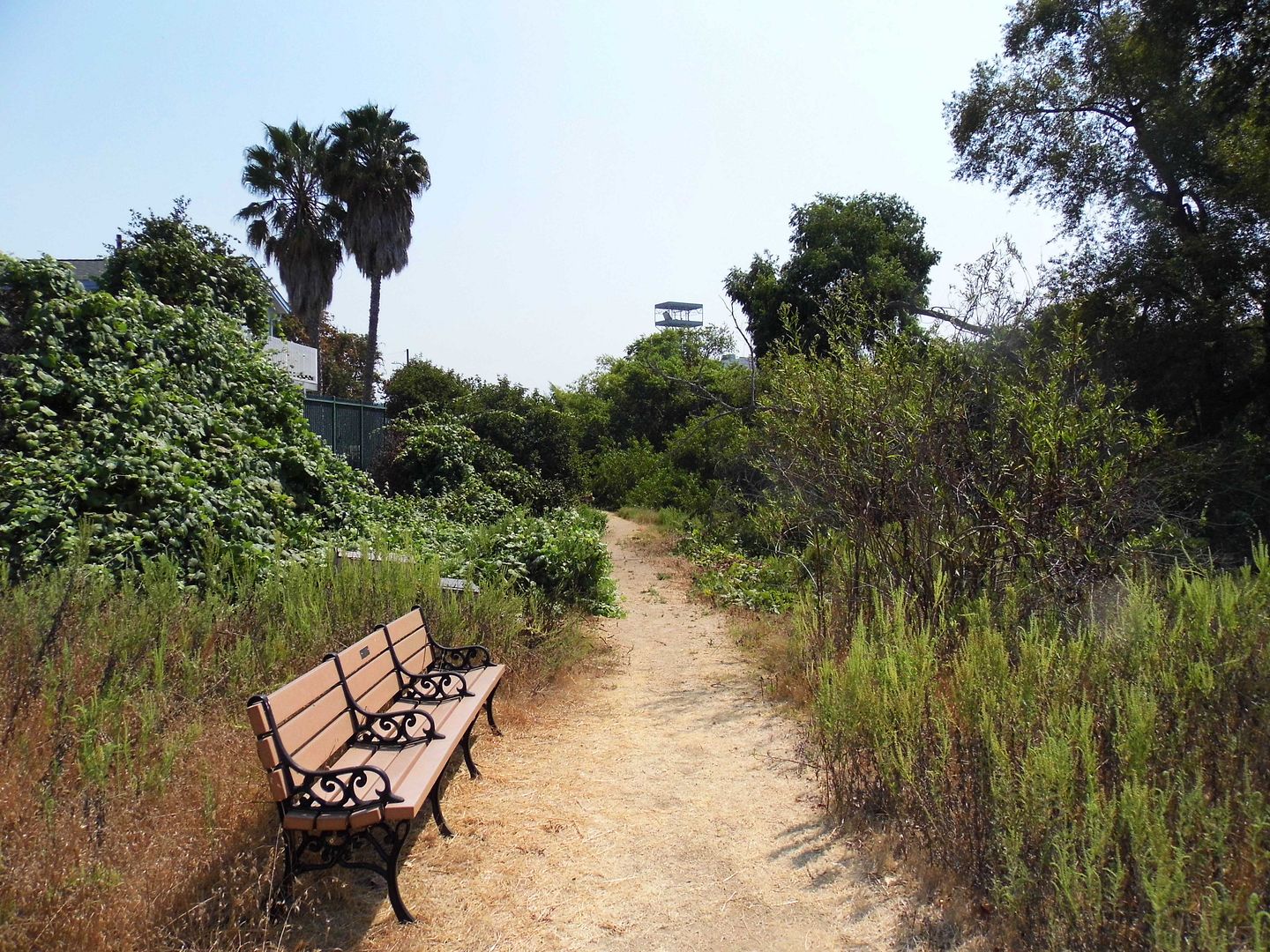
It's easy to miss, with the Meadowlark Manor senior housing tucked into its corner, and its entrance tucked onto the corner of the city's Johnson Park.

Upon entering the preserve, you take the North Loop trail going clockwise, starting to your left...
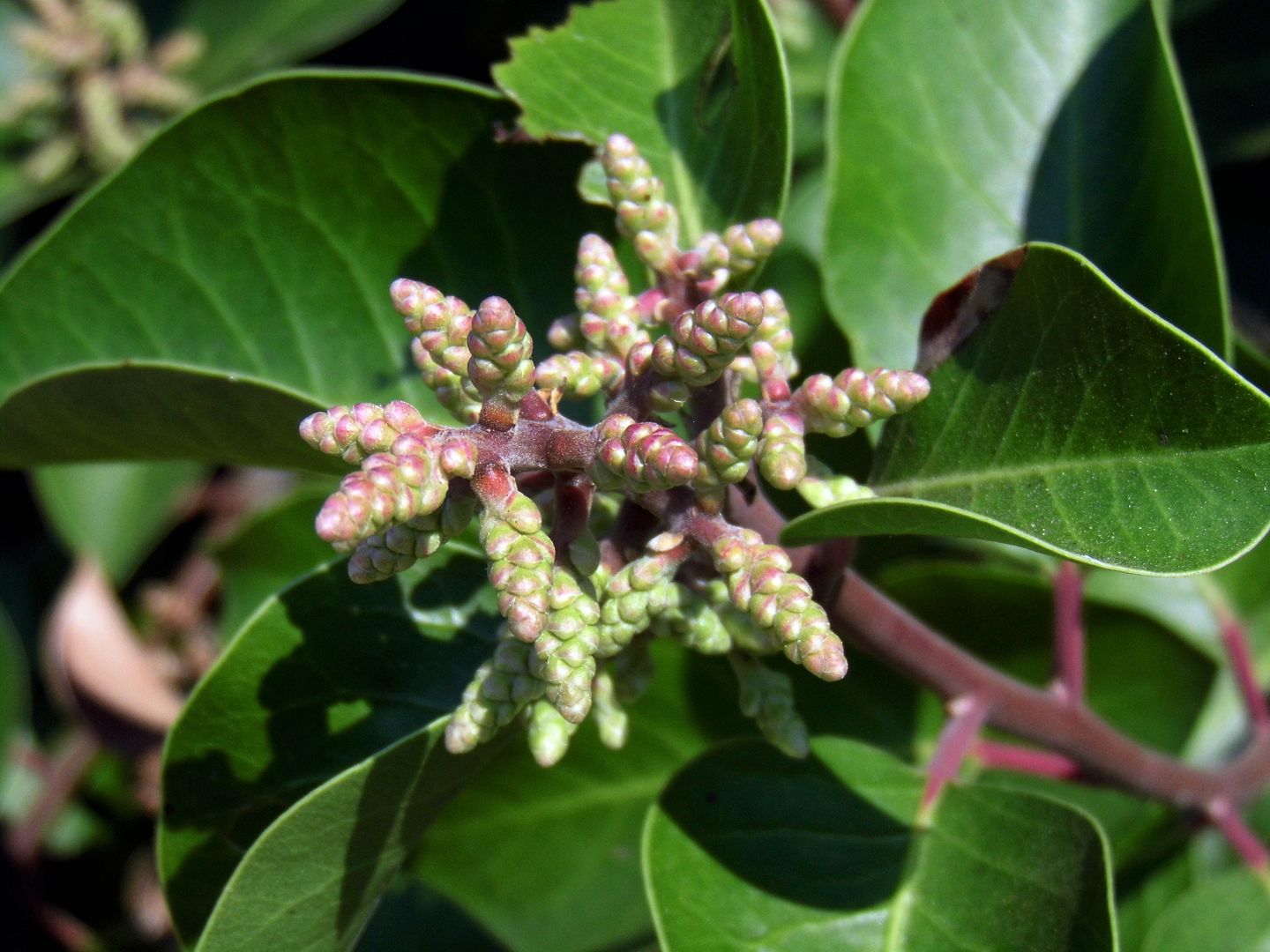
...past laurel sumac and an observation deck enshrouded in overgrowth...
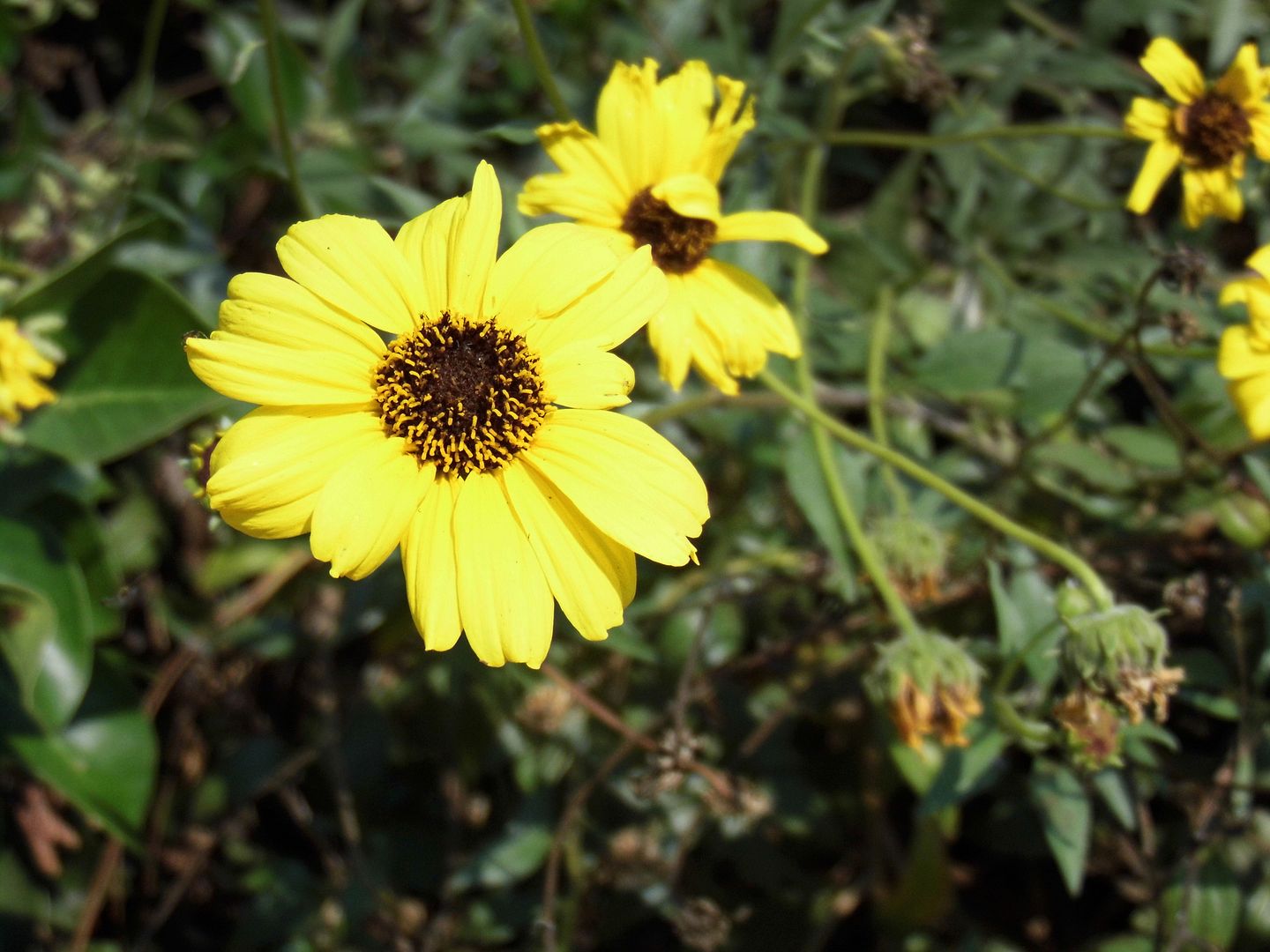
...and you quickly forget you're anywhere near the 91/110 freeway interchange (or the LA metro area for that matter).

Gardena may have gotten its name for being a "garden spot" (a factoid somewhat under dispute), but most of the city looks nothing like the land that the Tongva people lived off of—and that drew Spanish and Mexican rancho owners like the the Dominguez and Rosecrans families in the 19th century.

But what's now hidden—though visible within "The Willows"—is marshland that's part of the 110-square-mile Dominguez Watershed. It was once fed by a "river" that got concretized into a flood control canal now known as the Dominguez Channel.
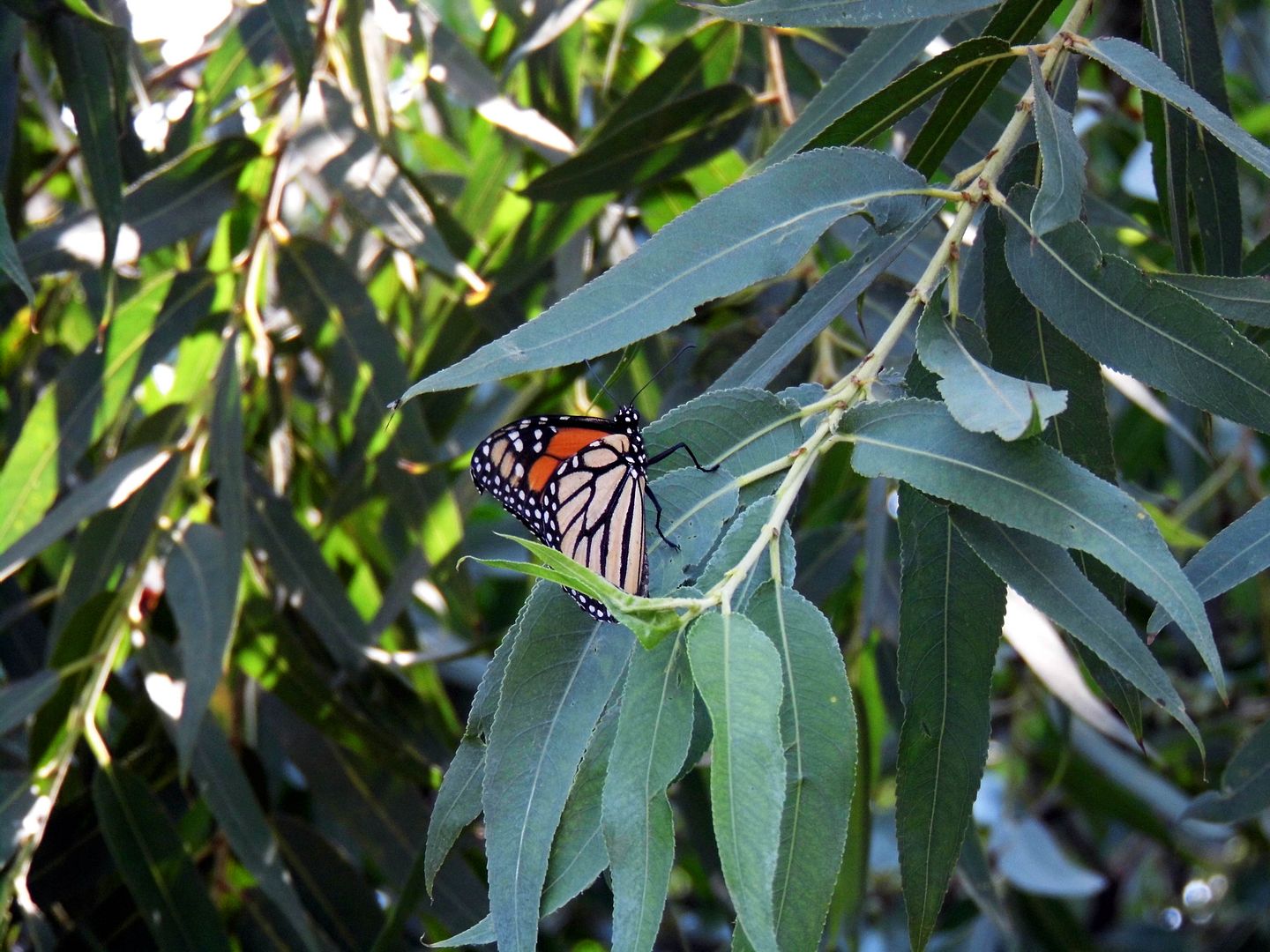
Fortunately, this last remaining bit of the Laguna Dominguez Slough (or "swamp") is teeming with life—and not just monarch butterflies.
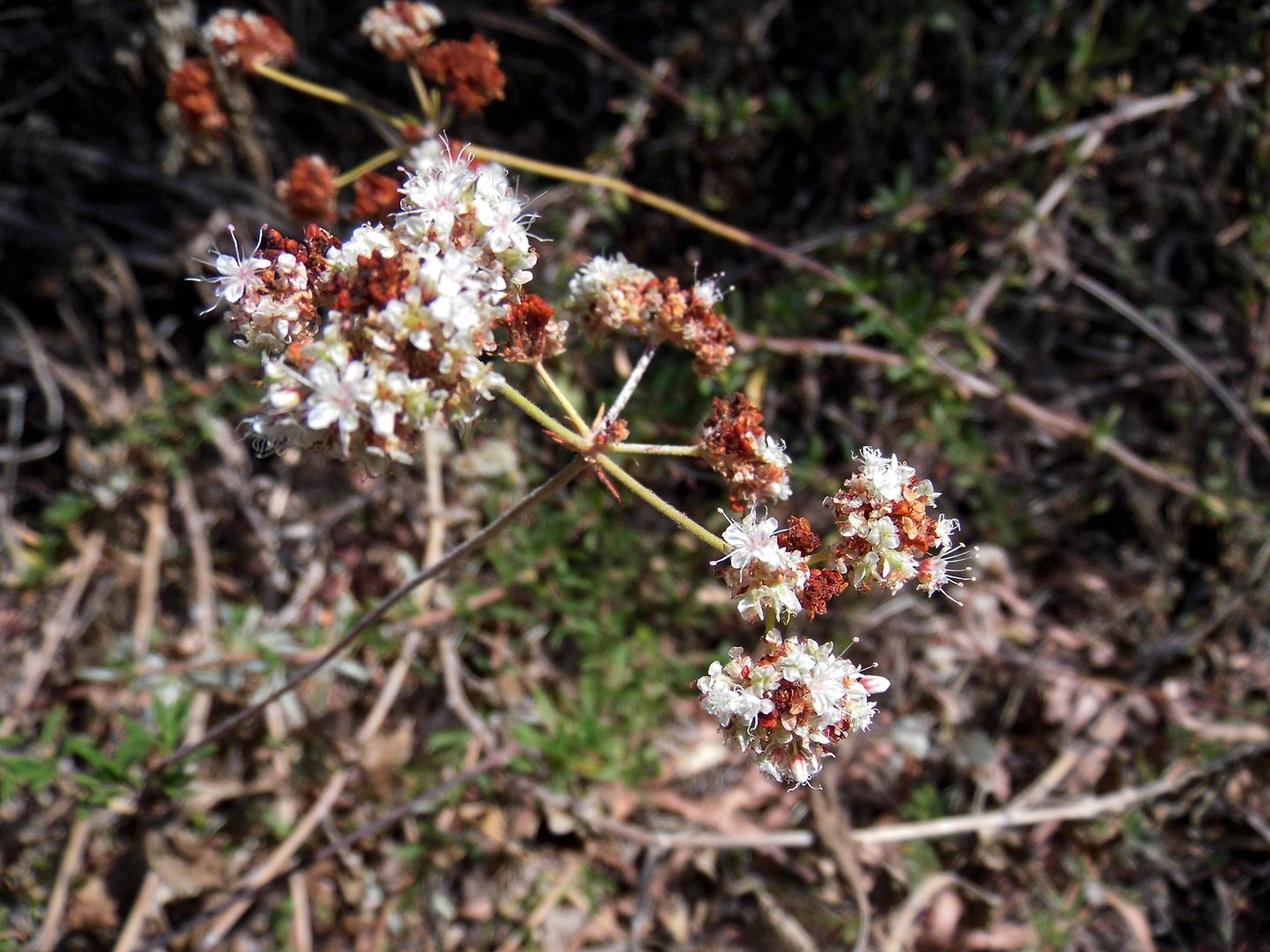
On a hot and steamy August morning, there was plenty of greenery to behold—plus not-yet-dormant buckwheat and still-thriving wildflowers.

It's amazing that a region that struggles with drought would spend so much time cutting off its water sources.
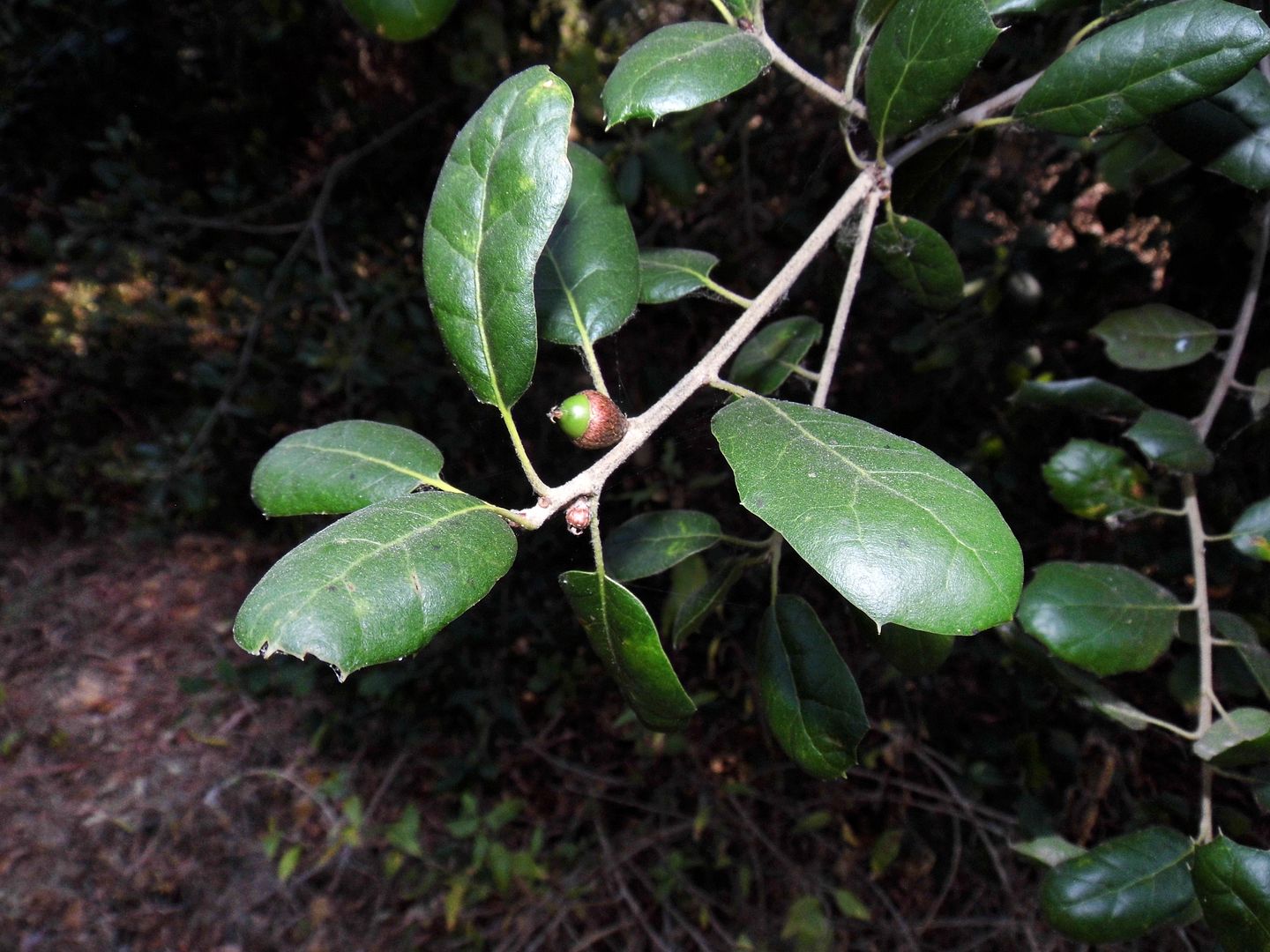
The Willows nearly got filled in during the mid-1970s, when the City of Gardena floated such ideas as building a convention center there.
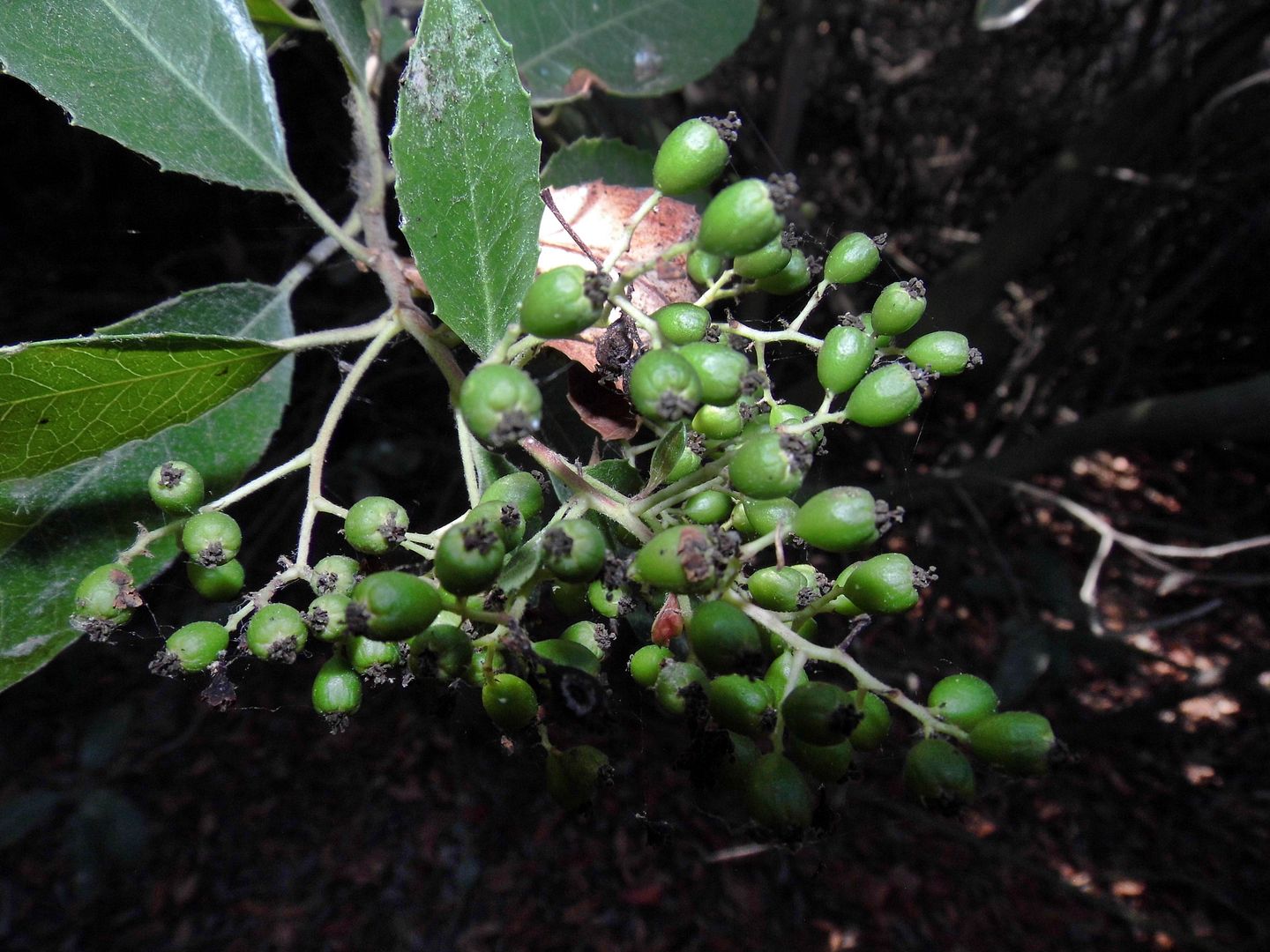
Today, its 9.4 acres of wetland includes a riparian forest of water-loving trees (including multiple species of willows), shrubs, and other vegetation that form tree tunnels and a shady canopy for local critters and visitors alike.
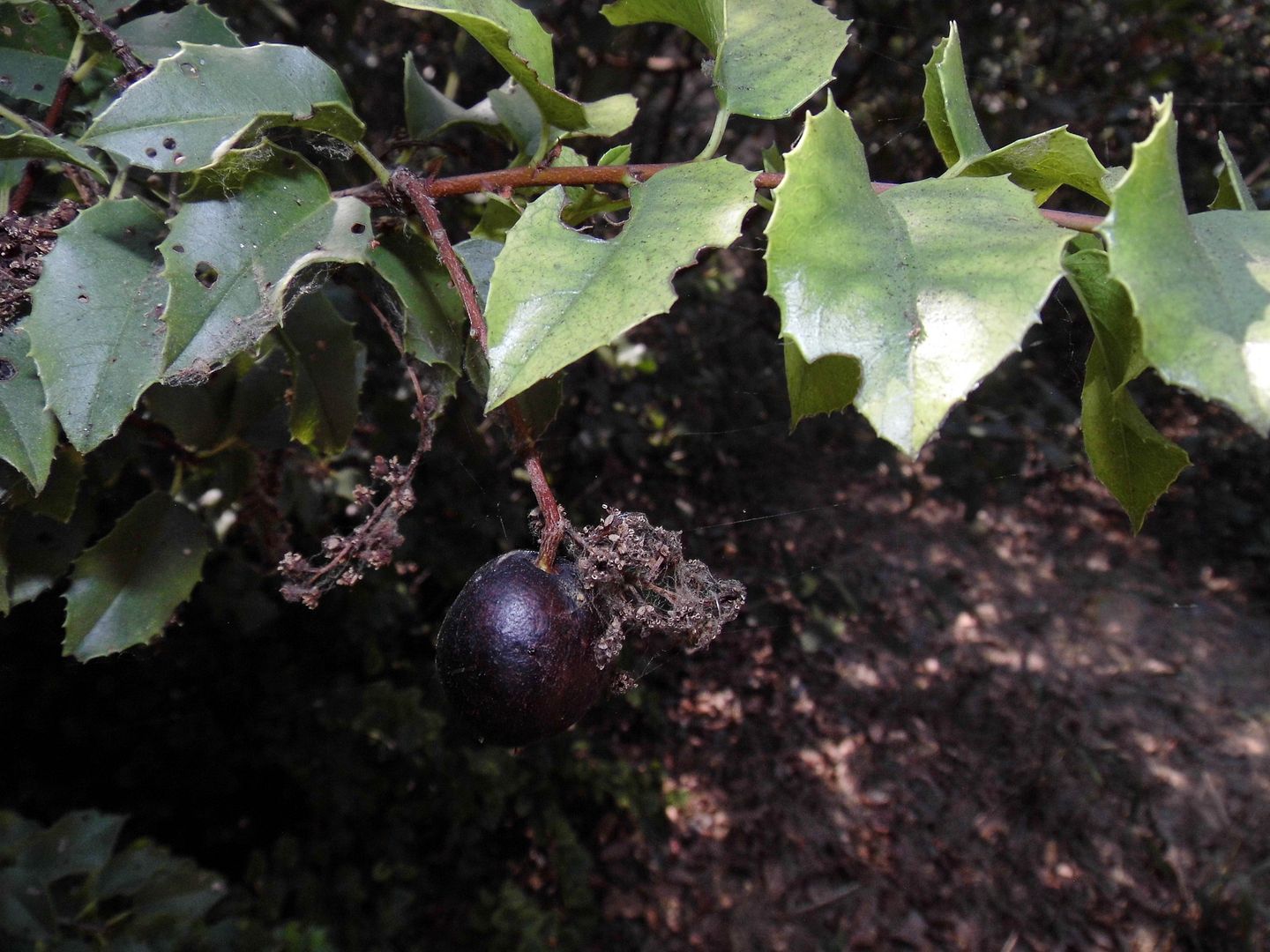
And besides the flower blossoms, oak acorns, willow seeds, and unfallen leaves, there are also unexpected outcroppings of fruit...
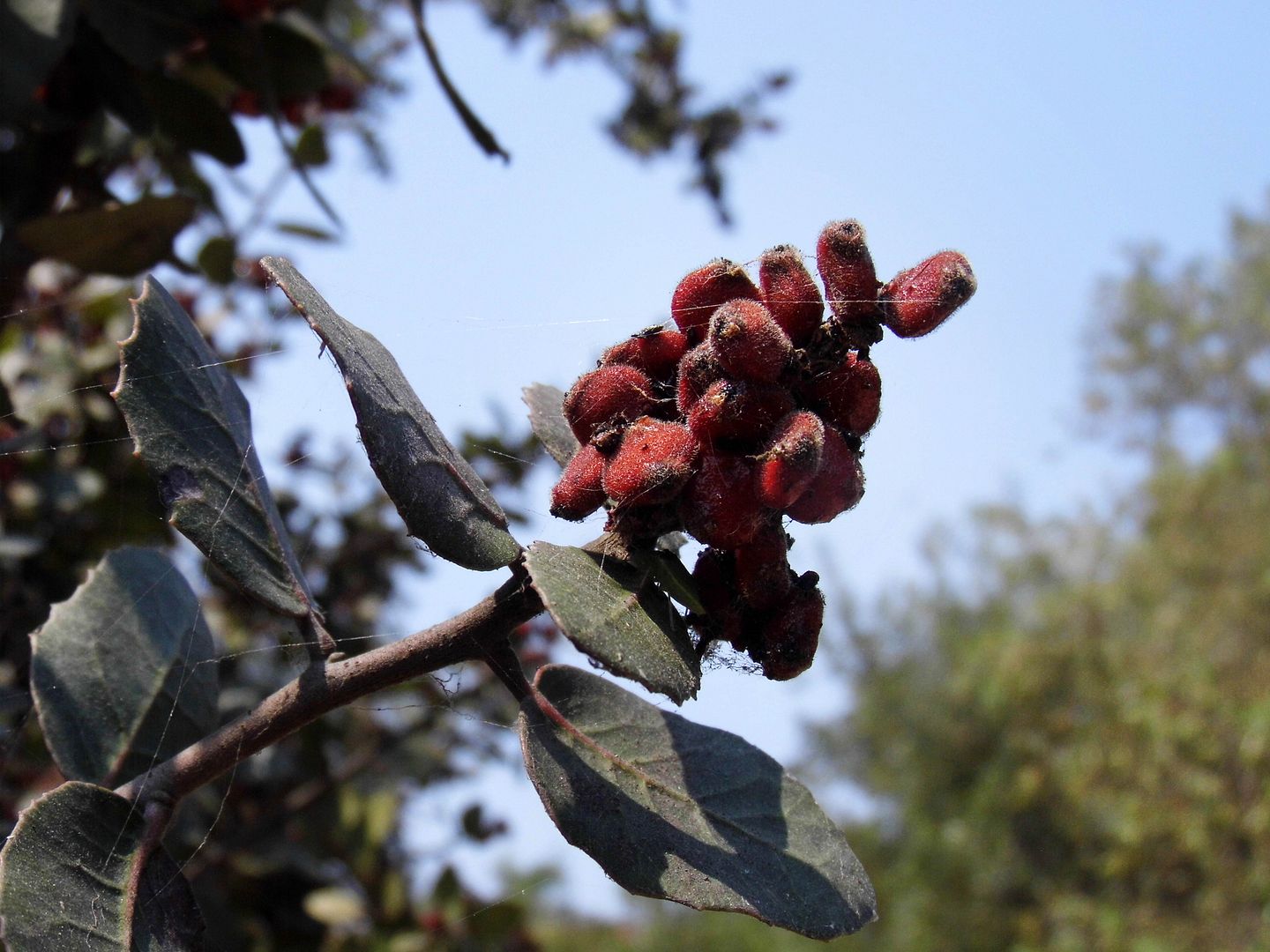
...like the native and ripened lemonade berry, whose flavor lives up to its name.
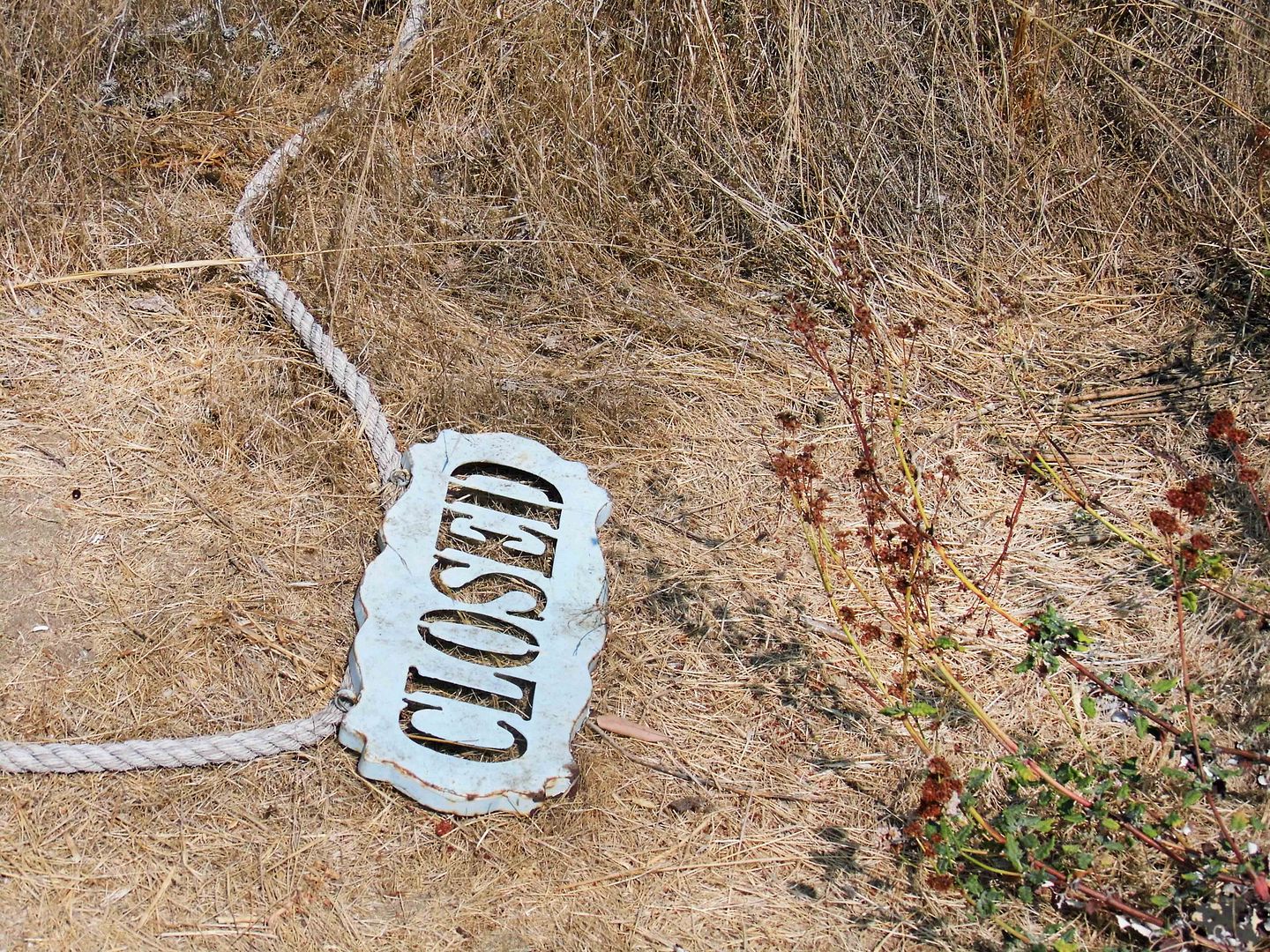
During normal times, you'd be able to learn about all these botanical wonders and more at Mother Nature's Backyard, a nature center located on part of The Willows' 4 acres of upland terrain.
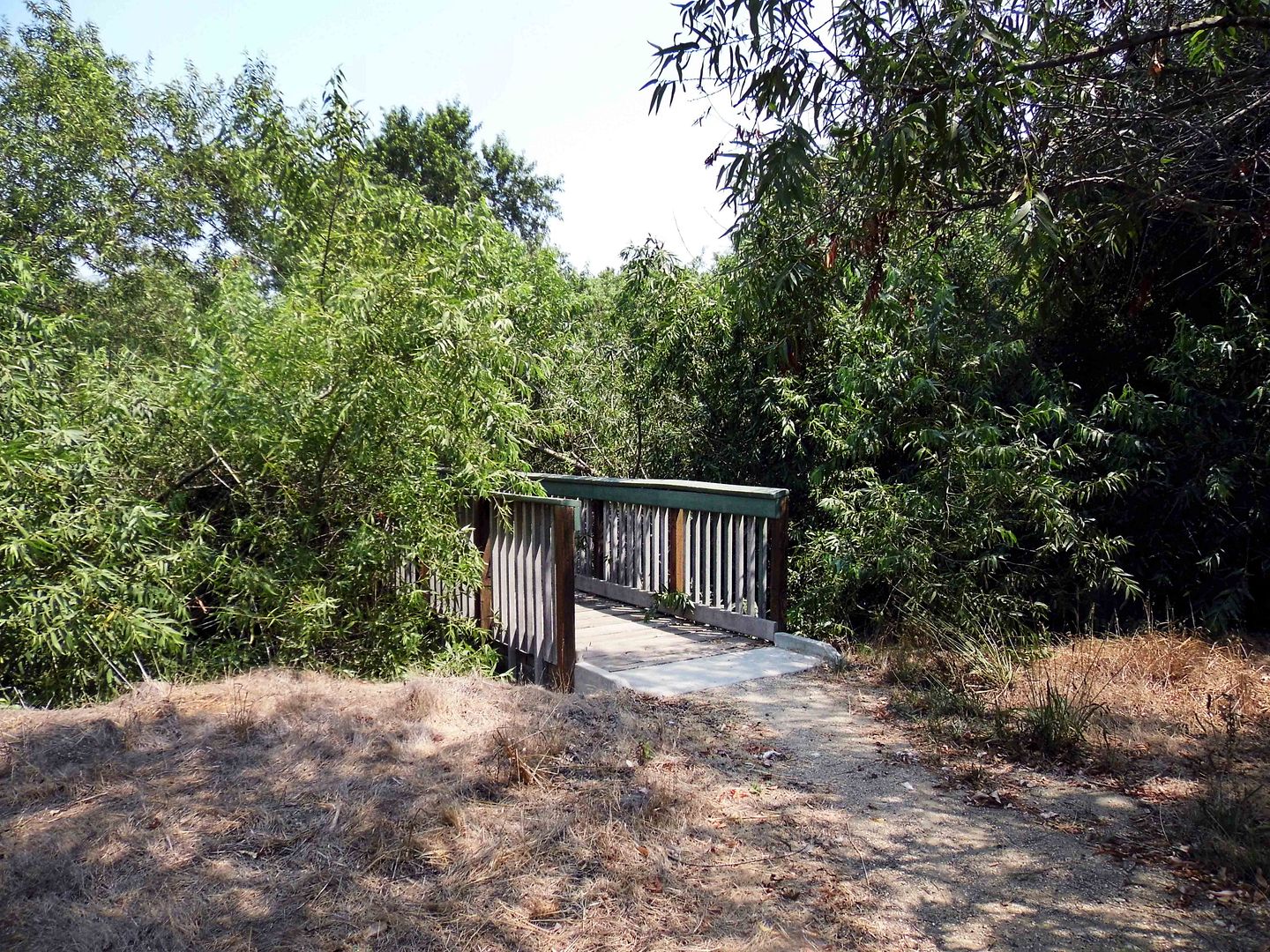
But with it closed for COVID-19, you've got to just keep going to complete the loop...
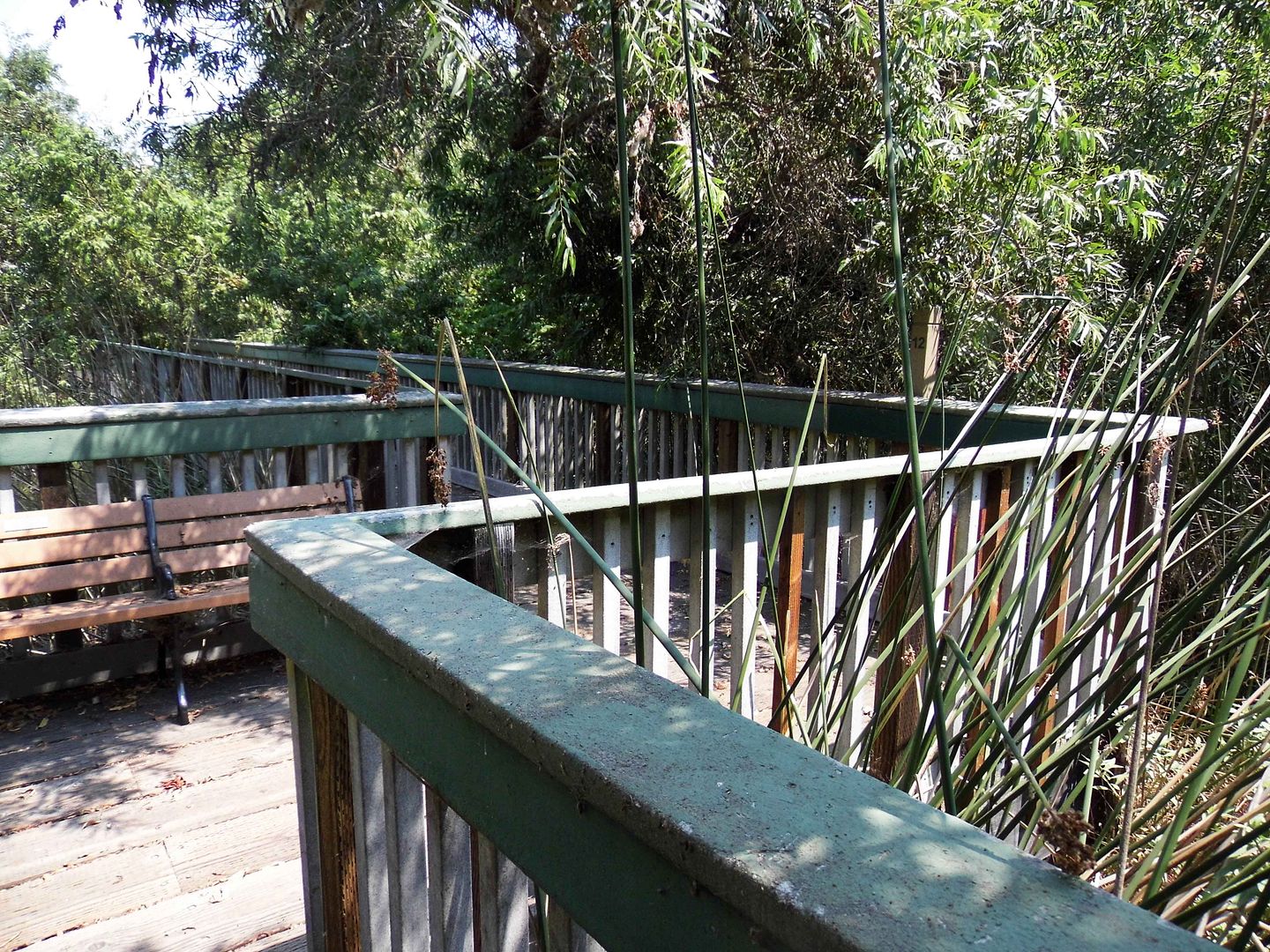
...crossing the Zigzag bridge (which hopefully keeps evil spirits away like it's supposed to)...
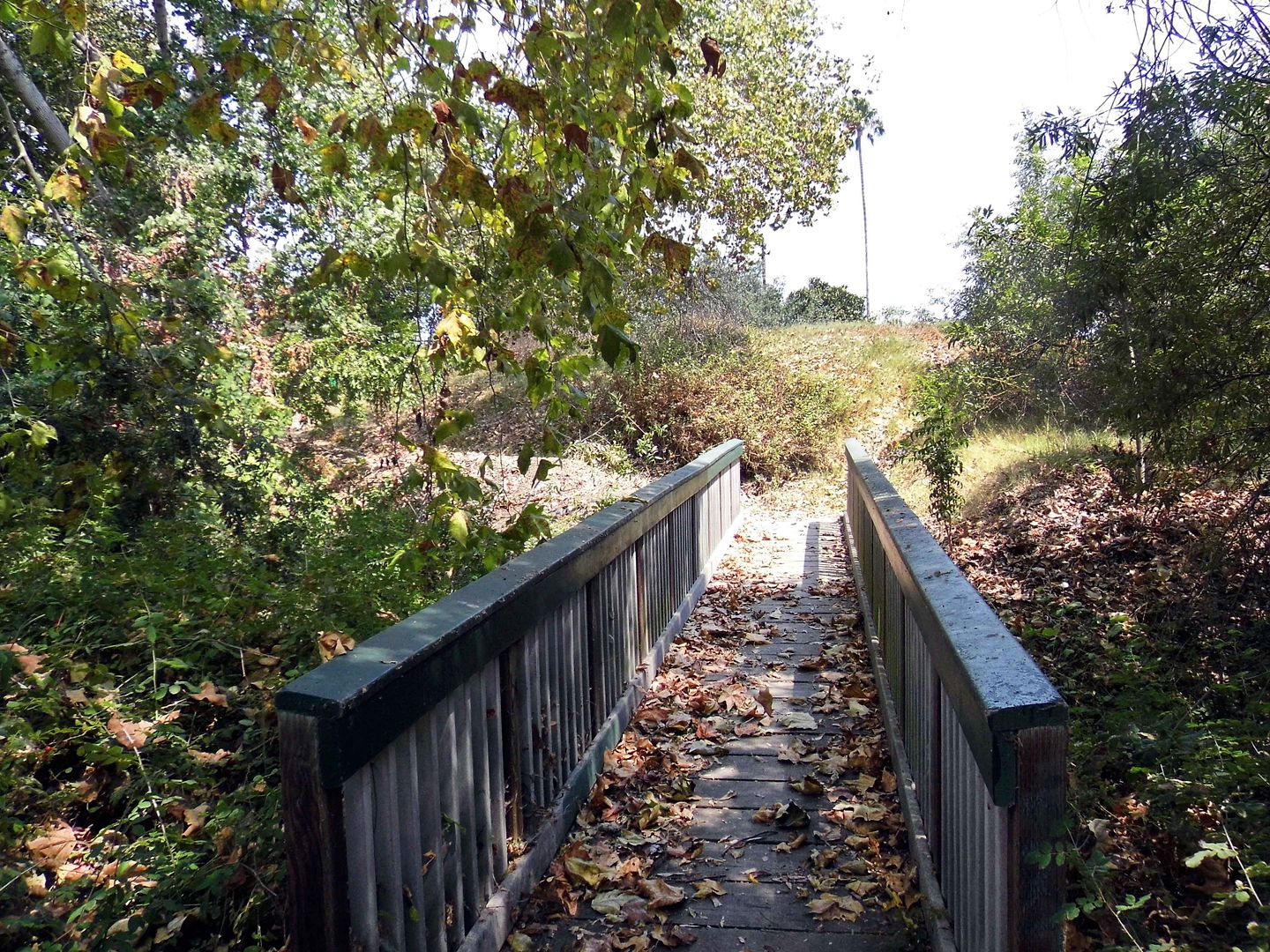
...and finishing up the South Loop Trail at the Stream Bridge.
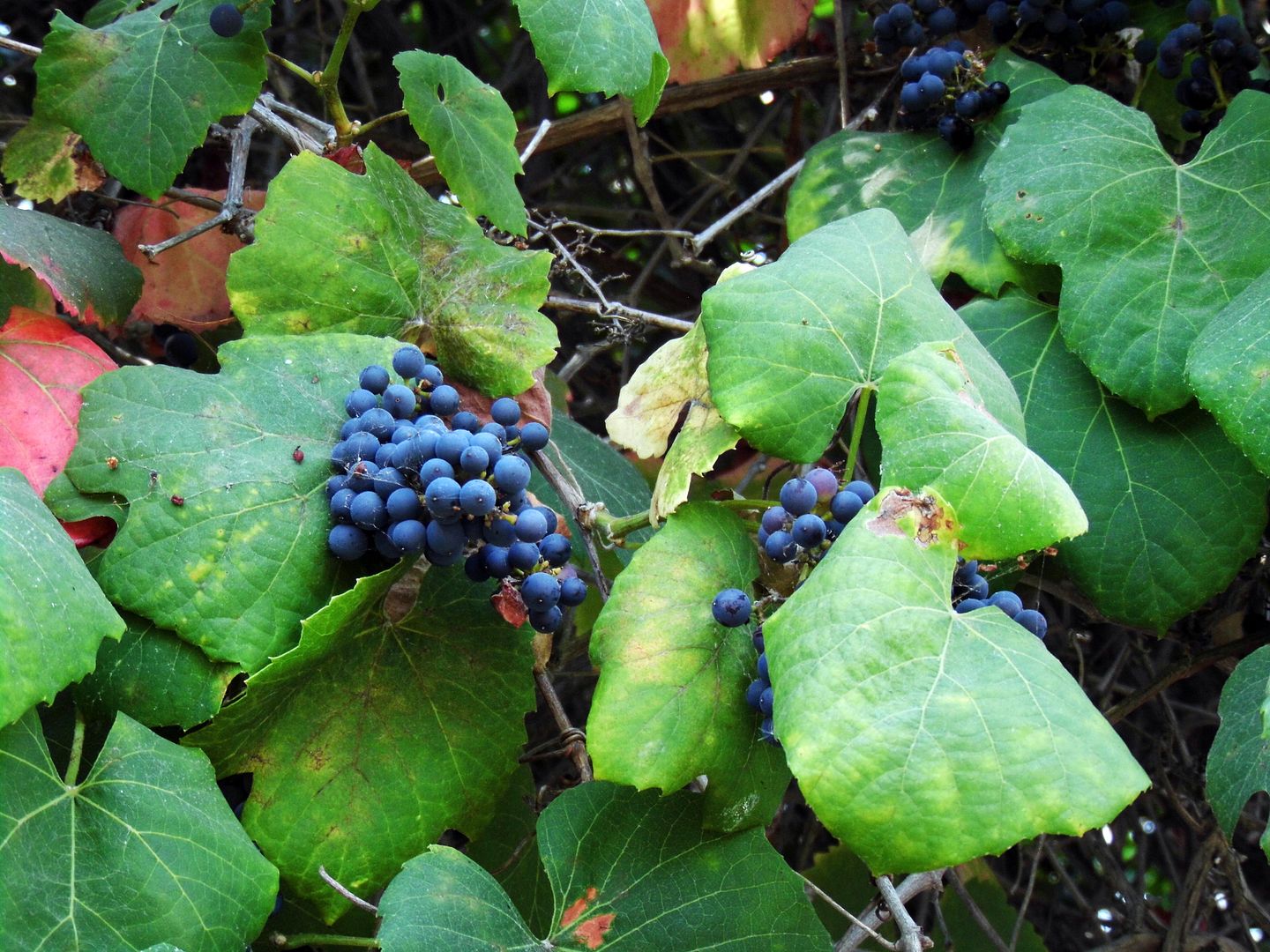
On my way into the Willows preserve, I was rushing too much to notice the wall of hybrid grapevines, known as "Roger’s Red" grape (Vitis californica "Roger's Red"), along the entrance path. But fortunately, my exit was much more leisurely—so I got a good look at the wild purple grapes and the green leaves that hadn't yet turned their fall red color. I hear that the red foliage is spectacular once it turns.
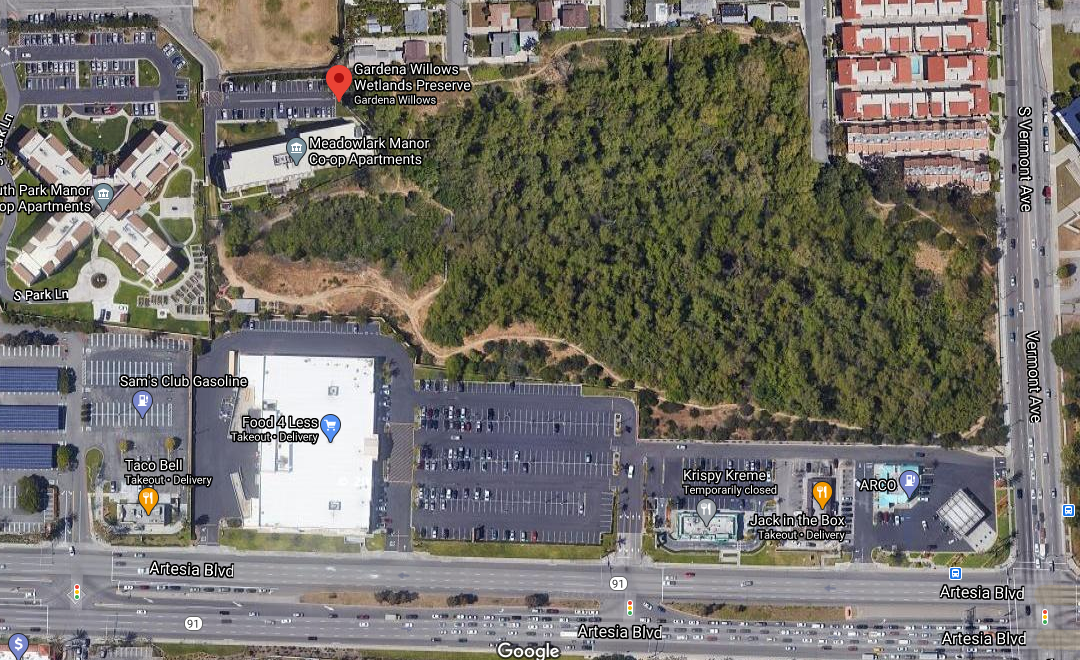
Google Satellite View
As I was leaving, I couldn't quite believe where I'd just been—though while inside the preserve, I did catch glimpses of the traffic running up and down Vermont Avenue. But watching that urban scene through the fence was like peeking into some other world that I'd managed to escape—and somehow no longer seemed real.
We've paved over so much. It's easy to forget what's underneath—like the the underlying riverbeds channelized by concrete.
Even our green spaces are industrialized—built environments consisting of parking lots, playground equipment, artificial turf, manmade ponds, and other facilities.
I'll take a little corner of wild land over a planned park any day.
Related Posts:

Oh, I didn't know about this place. Looks like somewhere I might have to visit when the rains come!
ReplyDelete